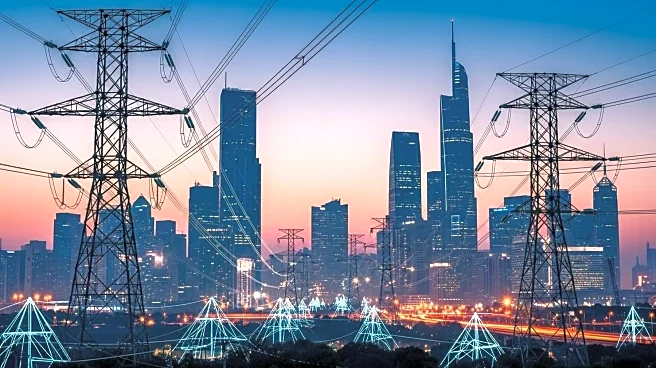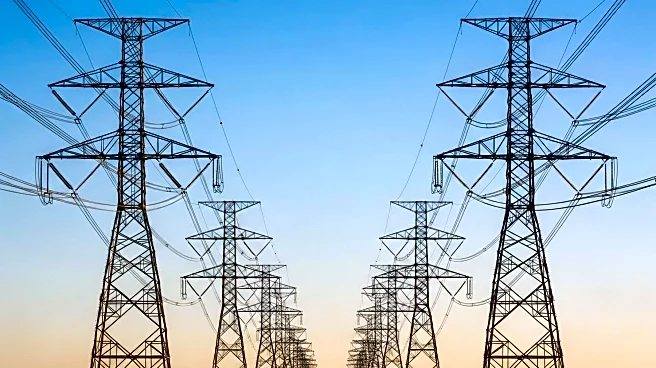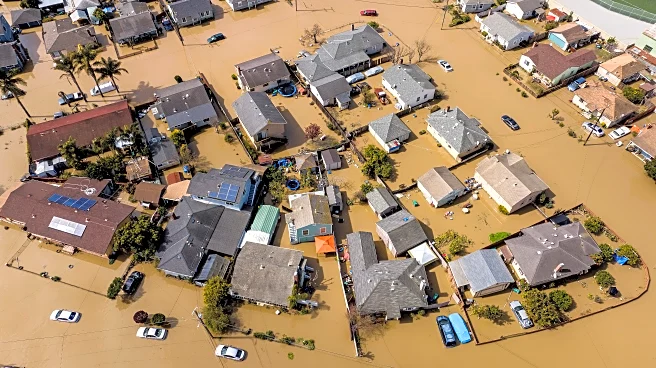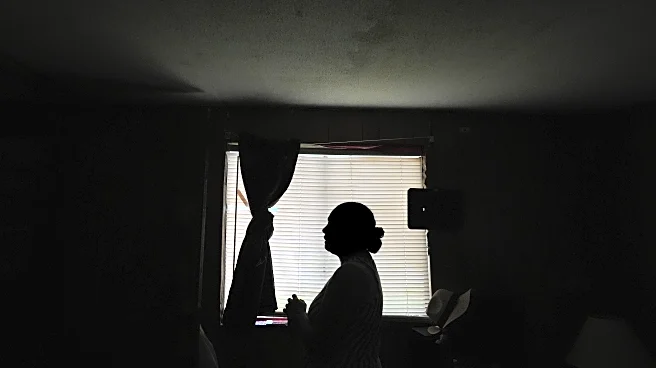What is the story about?
What's Happening?
The Public Utility Commission of Texas has approved Entergy's Southeast Texas Area Reliability Project, known as SETEX, which involves the construction of a 145-mile, 500-kV transmission line. This project is designed to improve grid reliability in the Midcontinent Independent System Operator (MISO) footprint. Entergy Texas, which operates outside the Electric Reliability Council of Texas (ERCOT) grid, will receive approximately $200 million from the Texas Energy Fund's Outside ERCOT Grant Program to support this initiative. The SETEX project includes the development of two new stations, the Babel Switching Station in Newton County and the Running Bear Substation in Montgomery County. The approved route will pass through several counties, including Jasper, Montgomery, and Walker, and will cross Lake Livingston, a point of significant debate during the planning process.
Why It's Important?
The approval of the SETEX project is a critical step in enhancing the resilience and reliability of the power grid in Southeast Texas. As the region experiences growth, the demand for a robust and reliable power infrastructure becomes increasingly important. The project is expected to support long-term economic expansion and meet future energy needs. By securing $200 million in grants, Entergy can implement necessary upgrades to reduce the impact and duration of outages caused by extreme weather events such as hurricanes and wildfires. This initiative not only benefits the local communities by ensuring a stable power supply but also aligns with broader efforts to modernize and strengthen the U.S. energy grid.
What's Next?
Following the approval, Entergy will proceed with the construction and implementation of the SETEX project. The company will focus on hardening over 9,000 structures and approximately 400 line-miles of transmission and distribution lines. The next steps involve finalizing execution agreements for the grants with the PUCT and other stakeholders. As the project progresses, it will be crucial to monitor its impact on local communities and the overall reliability of the power grid in the region. Stakeholders, including local governments and residents, may continue to engage in discussions about the project's development and its implications for the environment and local infrastructure.
AI Generated Content
Do you find this article useful?














